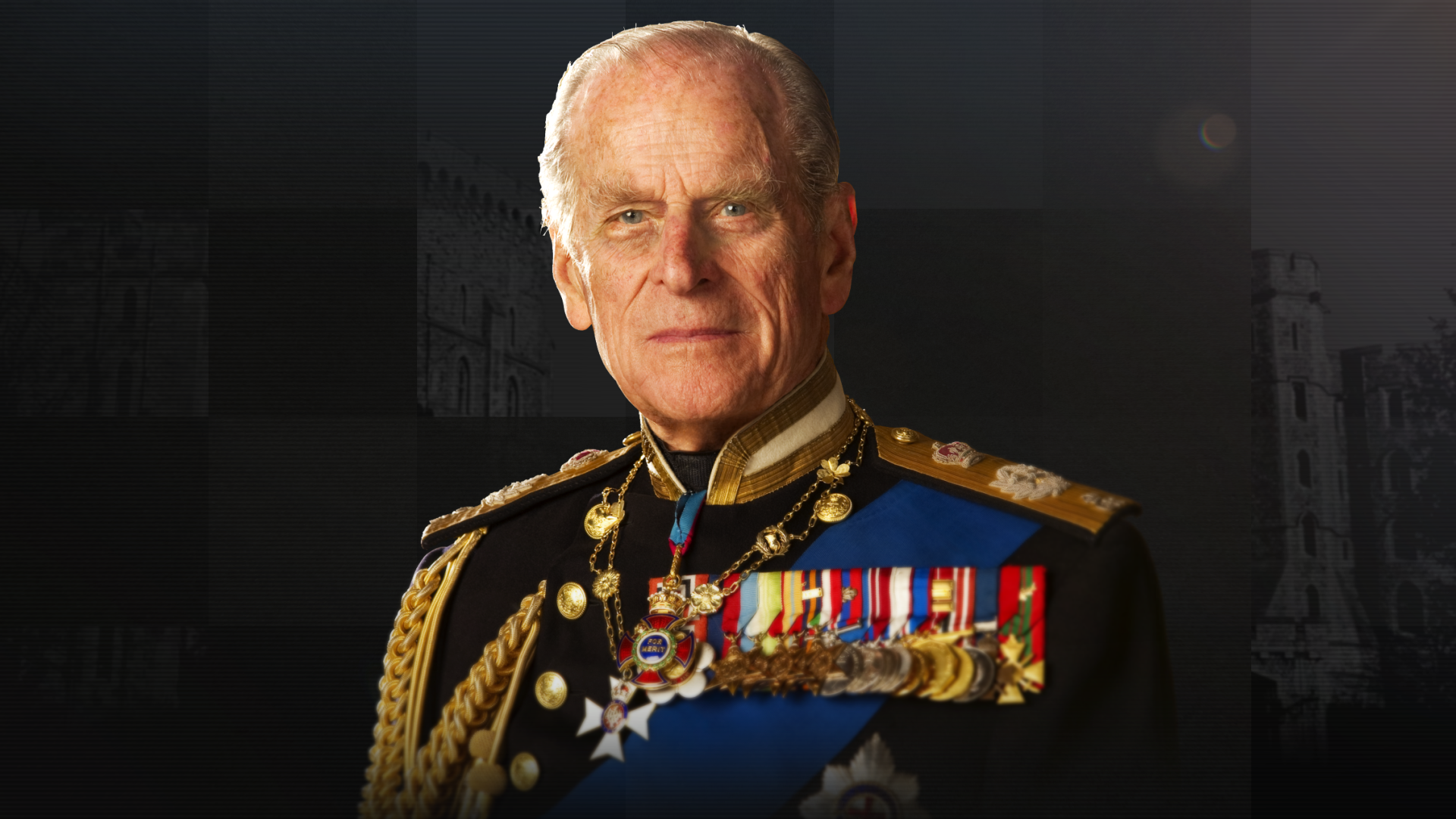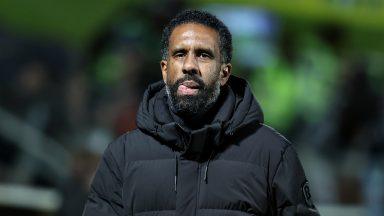The Duke of Edinburgh’s Award is likely to be judged Prince Philip’s greatest legacy.
Aimed at both able-bodied and disabled youngsters, it became one of the best known self-development and adventure schemes for 14 to 24-year-olds.
The duke was inspired to start the programme by his headmaster, Dr Kurt Hahn, and his much-loved school days at Gordonstoun in Moray.
He was closely involved in the organisation throughout and defended it against accusations that it was an award only for the middle classes.
2016 saw the scheme celebrate its 60th anniversary.
Despite his part in its success, Philip was always modest about his role.
He once maintained that he “couldn’t care less” whether the scheme was seen as an important part of his legacy.
“Legacy? … It’s got nothing to do with me. It’s there for people to use. I couldn’t care less,” he barked.
He added: “It’s relevant too because it’s part of the process of growing up.”
Influential Gordonstoun head Dr Hahn had believed modern life was facing a decline in enterprise and compassion and encouraged boys to embrace physical and moral challenges.
His Salem school in Germany, which Philip briefly attended, was set up to produce self-reliant young people dedicated to serving the community.
But in 1933 Adolf Hitler intervened and Dr Hahn was arrested for resisting Nazi ideas.
 STV News
STV NewsHe was later released and came to Britain and founded the UK version of Salem – Gordonstoun.
Dr Hahn began a scheme there called the Moray Badge which was aimed at giving post-war youngsters in Britain a sense of achievement.
Twenty years later, after Philip had married Princess Elizabeth and she had become Queen, it was the duke’s turn to take the concept further.
Dr Hahn reportedly instructed him: “My boy, I want you to set up an award scheme like the one we had at Gordonstoun.”
For Philip, the process was not as straightforward as that.
A number of politicians were wary about the proposed title for the scheme – the Royal Badge.
Others had concerns about a prince with German family connections being involved in the development of youngsters in post-war Britain and some feared that what he was trying to set up would have some echoes of the Hitler Youth.
But the idea moved forward despite the reservations.
An activity-based County Badge Scheme was created, then a committee was set up which included four-minute mile athlete Roger Bannister.
Finally, in 1956, the project was launched with the Duke as patron.
Initially, it was aimed at offering young men activities to complete between leaving education and starting National Service.
In 1958, a girls’ scheme began.
Philip recalled how he thought he was being “progressive” by starting up the girls’ organisation separately, but years later was told by the Equal Opportunities Commission that they had to do the same as the boys.
He said it was hard persuading the girls to part with their scheme. “They had become rather attached to it by then,” he remarked.
Each award had four areas: Rescue & Public Service, Expeditions, Pursuits & Projects, and Fitness.
Later the sections were updated to their current form: Volunteering, Skills, Physical and Expedition.
There are three levels of award: Bronze, Silver and Gold, each with an increasing degree of commitment. The activities must be completed by the participant’s 25th birthday.
The millions of people that have taken part over the last 50 years include polar adventurer David Hempleman-Adams, presenter Zoe Ball and Olympic gold medal-winning athlete Dame Kelly Holmes.
Now since 1956, more than six million have joined the scheme in the UK with over three million achieving awards.
Millions of others have taken part across the globe, with more than 140 countries and territories running DofE programmes.
The Earl of Wessex, who is expected to take on his father’s responsibilities with the scheme, is already a trustee and heavily involved in the organisation.
In October 2013, the duke celebrated the 500th Gold Award presentation ceremony.
He joked with one group who told him of the hardships of their expedition: “You were meant to suffer, it’s good for the soul.”





























